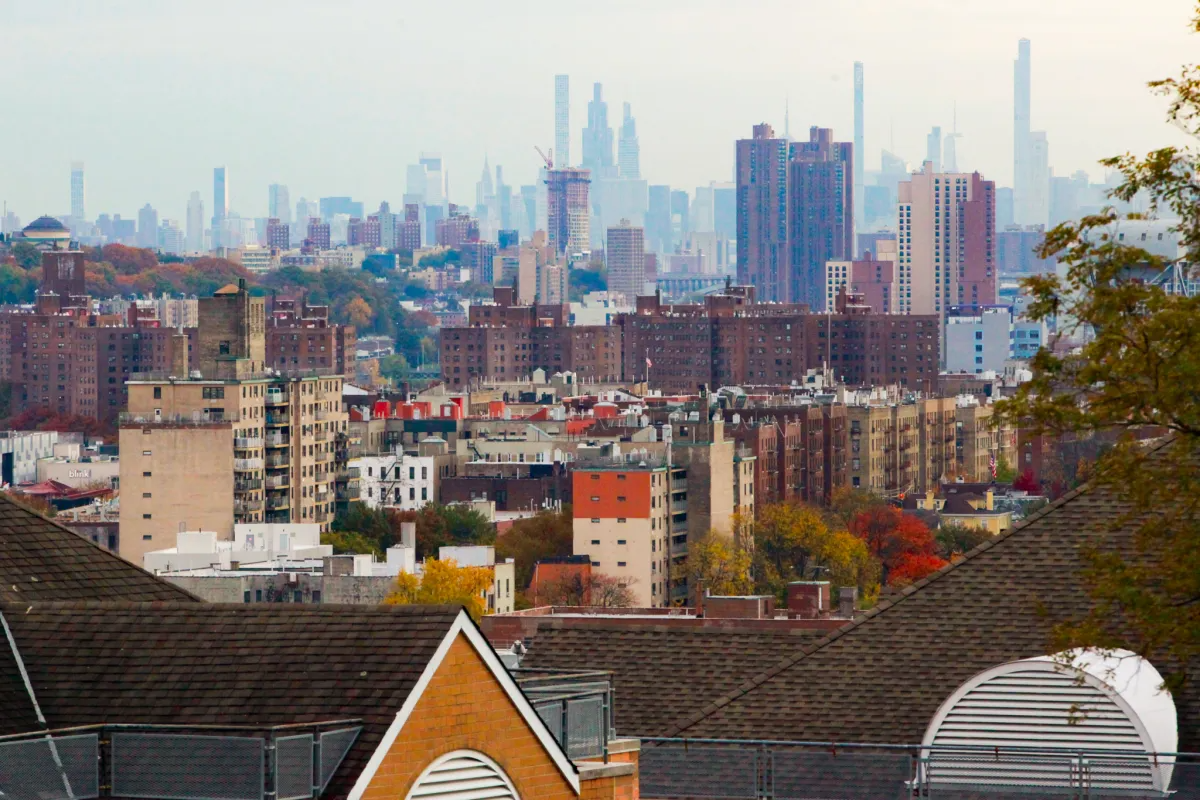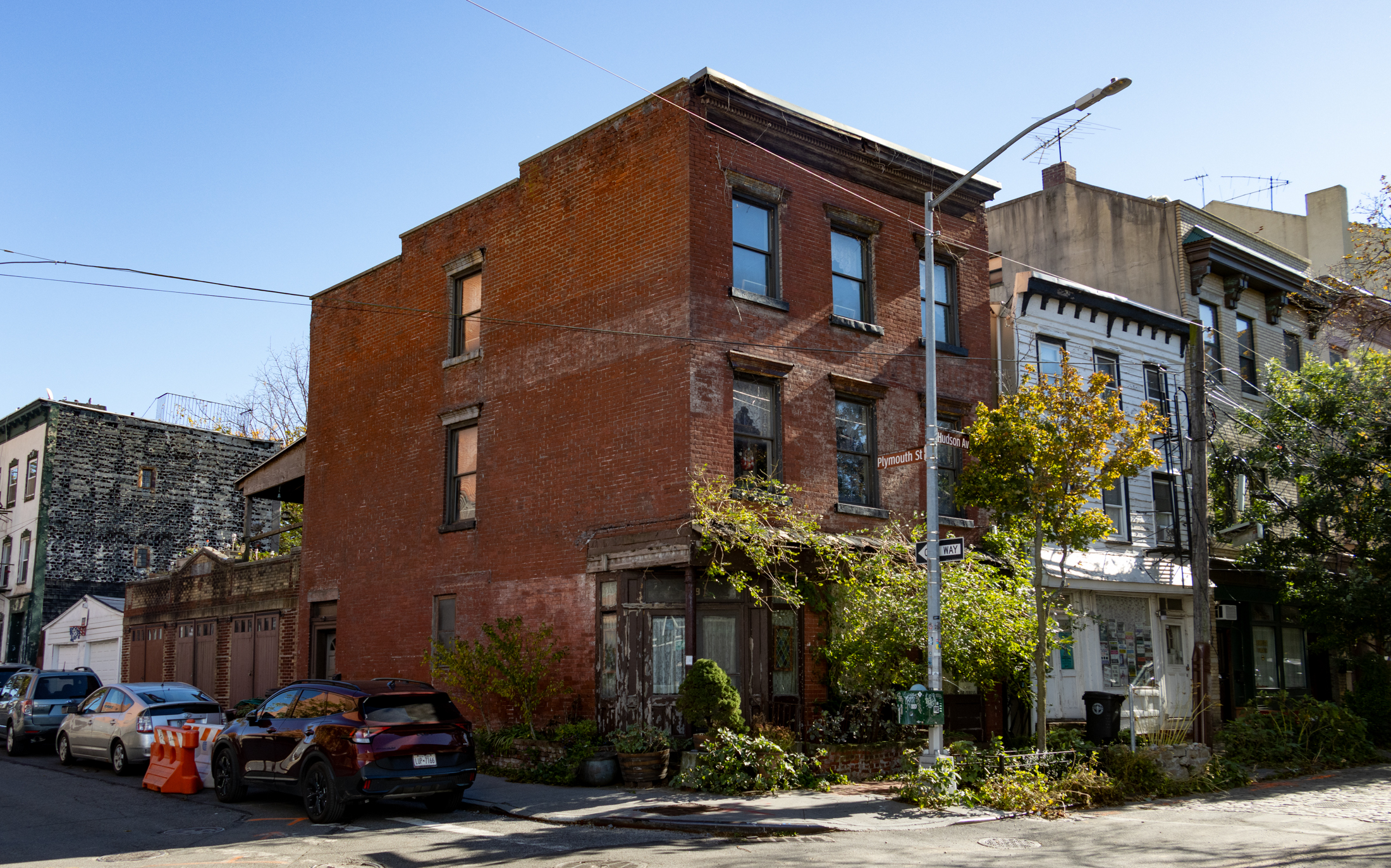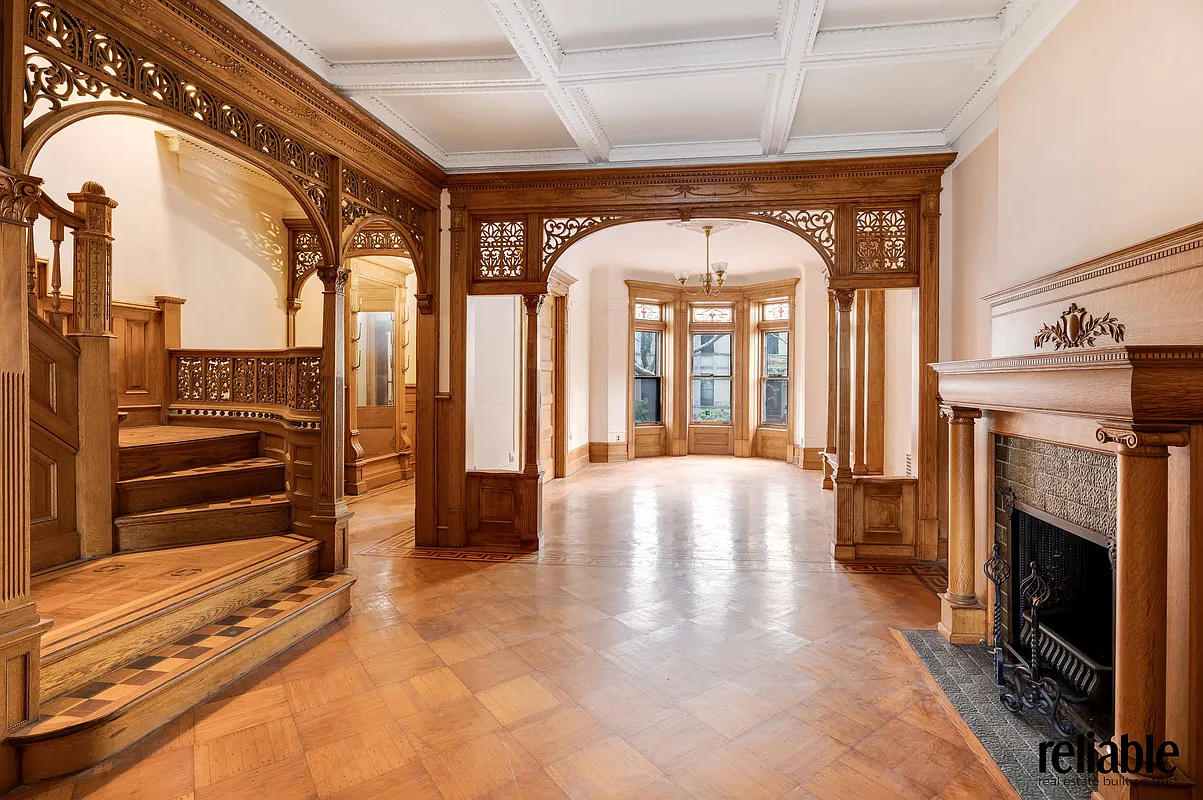Past and Present: Times Plaza Area, Circa 1950
A look at Brooklyn, then and now. Wow, Brooklyn’s changed in the last 64 years! Well, Downtown Brooklyn certainly has. This is one of Brooklyn’s busiest intersections, where Flatbush and Atlantic Avenues cross. Our “Past” photo from the Brooklyn Collection at the Brooklyn Public Library is from 1950. The Korean War was on the front…


A look at Brooklyn, then and now.
Wow, Brooklyn’s changed in the last 64 years! Well, Downtown Brooklyn certainly has. This is one of Brooklyn’s busiest intersections, where Flatbush and Atlantic Avenues cross. Our “Past” photo from the Brooklyn Collection at the Brooklyn Public Library is from 1950. The Korean War was on the front page of the newspapers, the Brooklyn Battery Tunnel opened that May, and the Cold War and Russia’s nuclear capability was on everyone’s minds.
Communists were seemingly everywhere, and Jay Leno, Samuel Alito, Bill Murray and Britain’s Princess Anne were born that year, among many others. Had any of them been taken for a ride up Flatbush Avenue that year, they would have seen what the camera saw here. And like many of us, they may not have known what they were looking at.
The large sprawling two-story building on the right is the old Long Island Railroad Terminal. It was located on the same site the new one is built upon. This building was built in 1907, and served the city for about 80 years, until it was torn down in 1988. Like many of Brooklyn’s buildings, it wasn’t loved until it was gone. And frankly, not even then. By the 1970s, it was a filthy, pollution-covered, graffiti-splattered run-down public building that was dangerous at night, and pretty depressing during the day. The city couldn’t wait to tear it down.
They were so happy to get rid of it, they didn’t think about what could be built in its place, or come up with the funds to build it, so the site was a big vacant lot between 1988 and 2007. Commuters just ducked under a temporary building to access the LIRR trains and the subway. Construction began on the current building exactly one hundred years after the old building was built. The new LIRR station opened in 2010. It’s an ok building, but it’s much better than a hole in the ground, and much better than the mall it is attached to.
Looking north, the Williamsburg Bank Building is right behind the Terminal, and next door to that is the Central Methodist Church. Both were designed by the firm of Halsey, McCormack & Helmer. The Williamsburg Bank Building went up first, in 1927-29, and then they built the church, which was in construction from 1929 to 1931. They are two of the greatest buildings in Brooklyn, and the bank is such an icon that it grounds any photograph of the area, giving perspective and direction. Both are, of course, still standing.
In the foreground on the left is the kiosk in the middle of Times Plaza, officially called the Times Plaza Control House. It was designed in 1908 by the firm of Heins & LaFarge, the designers of much of the Cathedral of St. John the Divine, in Manhattan. Heins & LaFarge designed several entrance kiosks to the new IRT subway system, and this one is one of the best preserved. There is another at Bowling Green, and at 72nd and Broadway.
By the 1950s, the kiosk served as a newsstand and a shelter from the rain while waiting for a bus, or to cross this always busy intersection. The rim of the overhanging roof extends far out from the actual brick building. The kiosk has been moved around a couple of times in its history, so its placement in 1950 is not where it is now.
The retail/apartment brownstone buildings in the background are not very clear in the photo, but they are still there. That group dates from the 1870s, early 1880s. The large tall building almost in the center of the photo, with the peaked towers was the Hotel Granada. It opened in 1927, and for a generation was one of Brooklyn’s premiere family hotels. The Granada was the place the visiting baseball teams stayed when in Brooklyn playing the Dodgers.
Many a Bar Mitzvah, birthday party and wedding reception was held here in one of the hotel’s large banquet halls and ballrooms. They also had fine accommodations for families and individuals, and was a great place to stay in the heart of Downtown Brooklyn, close to theaters, movie houses, the Brooklyn Academy of Music, and fine dining.
The Granada became pretty run down by the early 1970s, and became a haven for the down and out and addicted. In the 1980s, the city decided to house their out of control homeless population in hotels throughout the city. By then, the Granada had changed its name to the Brooklyn Arms Hotel, and then became notorious as one of the city’s worst homeless shelter hotels. They had too many people living in what were supposed to be temporary hotel rooms, and theft, drug dealing and prostitution was everywhere. Meanwhile, the owners did nothing to maintain their buildings while collecting rents from the city that would have paid for rooms at the Plaza.
Worst of all, the city also did not regulate the hotels in any way, and many people found themselves living with no heat, water or elevators, in buildings that were not fit to house farm animals. A fatal fire that killed four children from one family and injured dozens of people broke out here at the hotel in 1986. It took that fire and dead children to bring attention to the abysmal conditions at the Brooklyn Arms and other facilities, and hotel by hotel, the city withdrew the occupants and withdrew from the program. The Brooklyn Arms was emptied, and the building was torn down in 1994. It was a parking lot for years, and now is the site of the Theater for a New Audience, which opened with grand flourish in 2013.
Everything is always changing in Brooklyn. Sometimes, in the case of the Brooklyn Arms Hotel, for the better.









What's Your Take? Leave a Comment